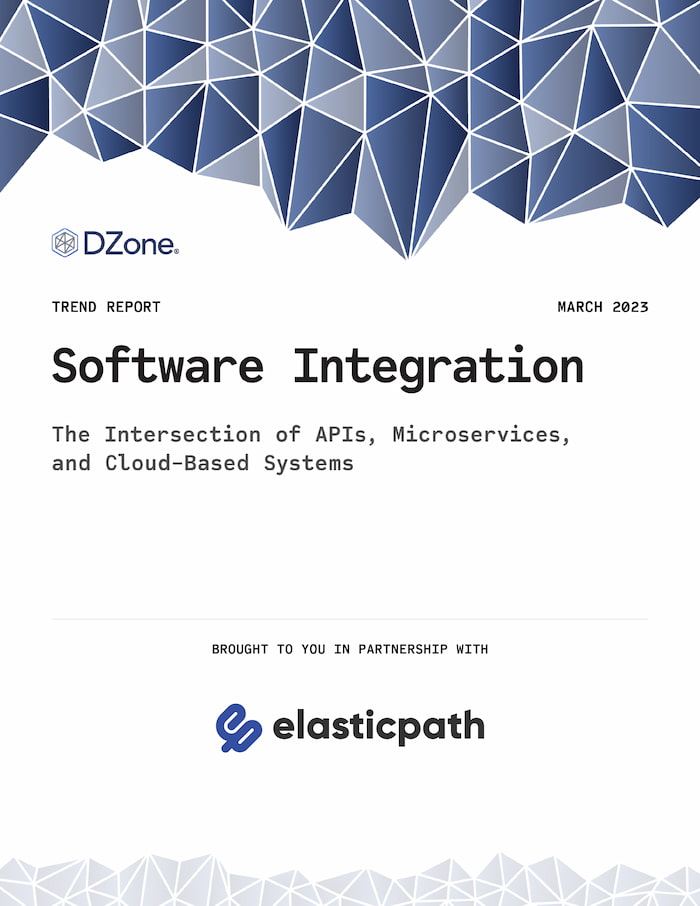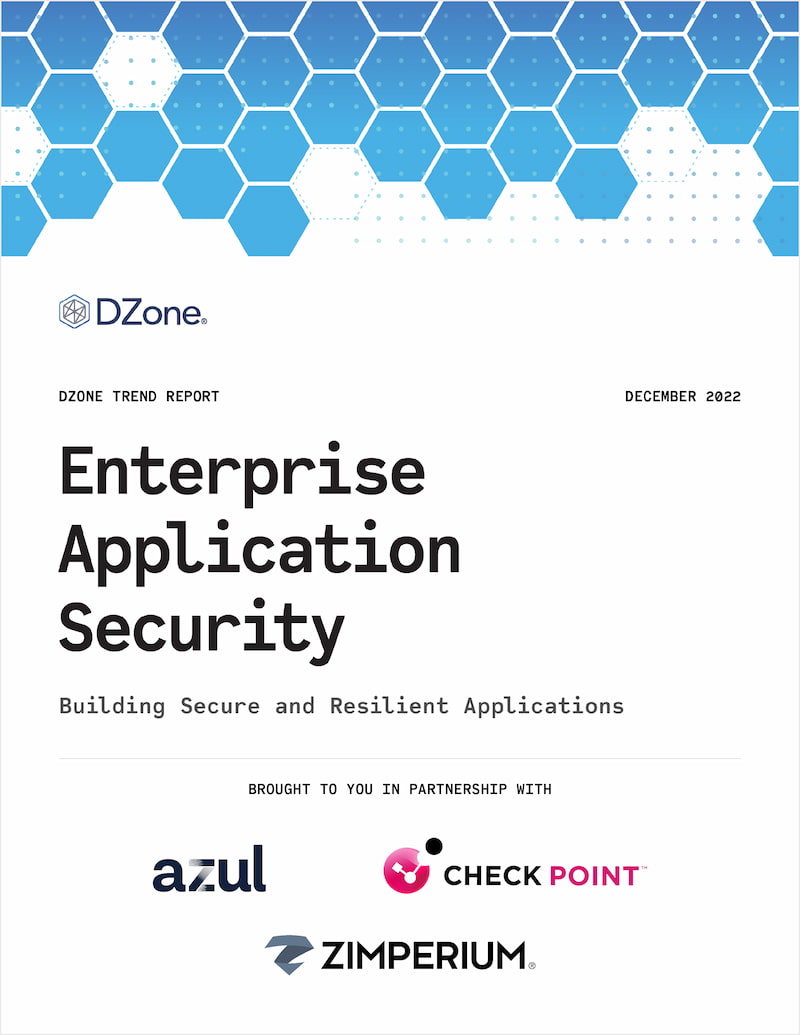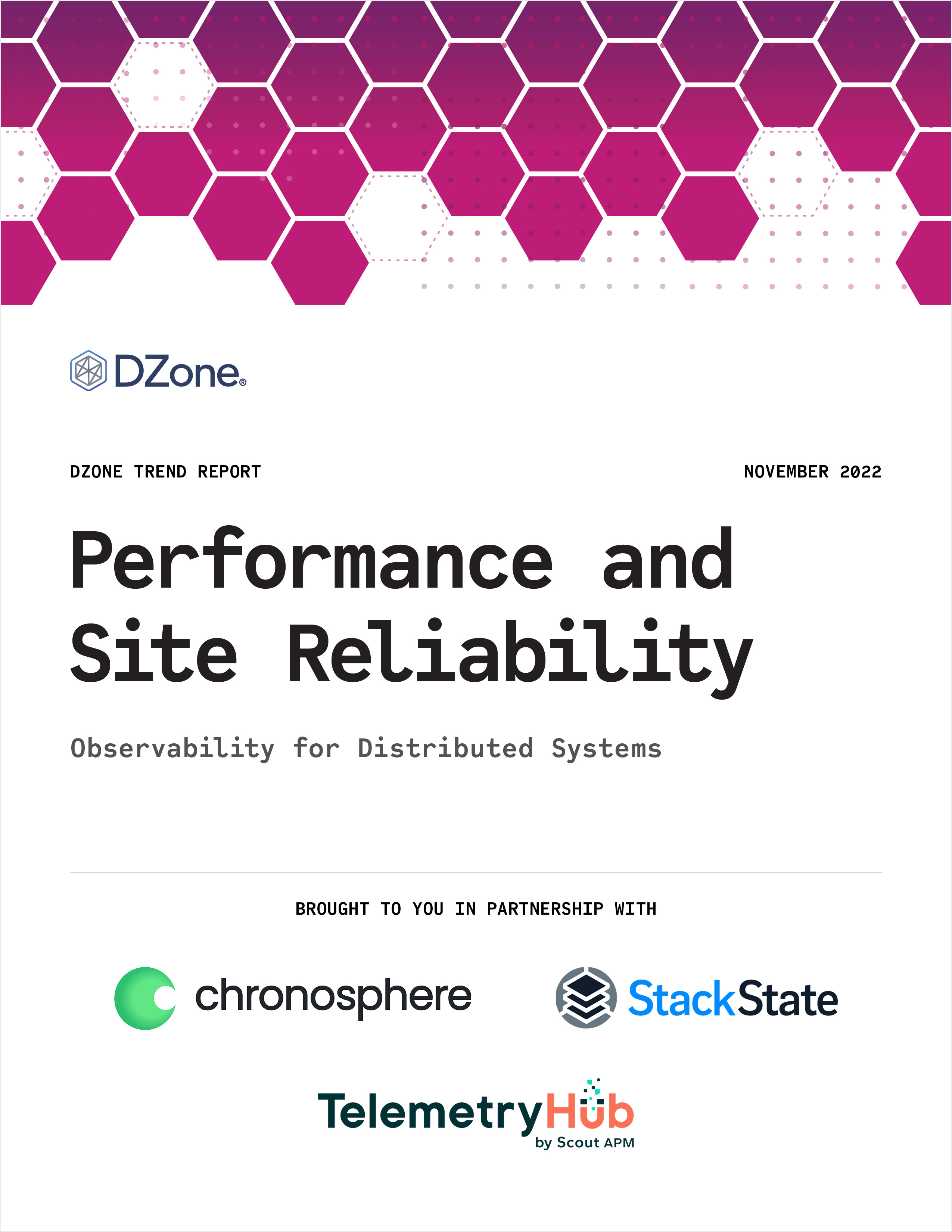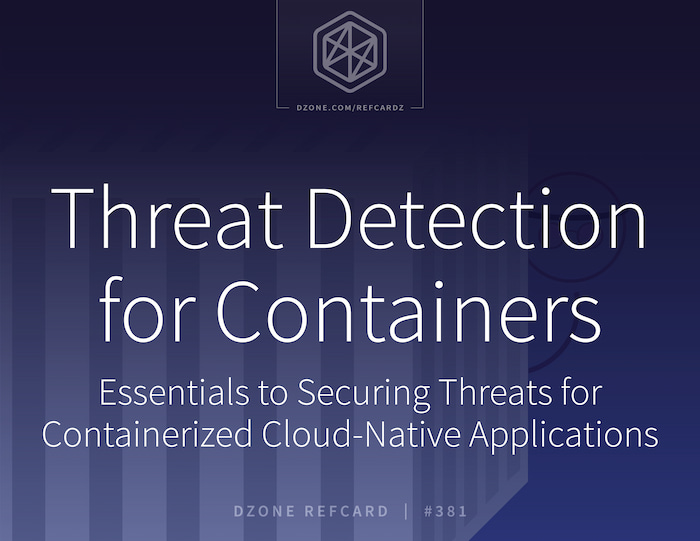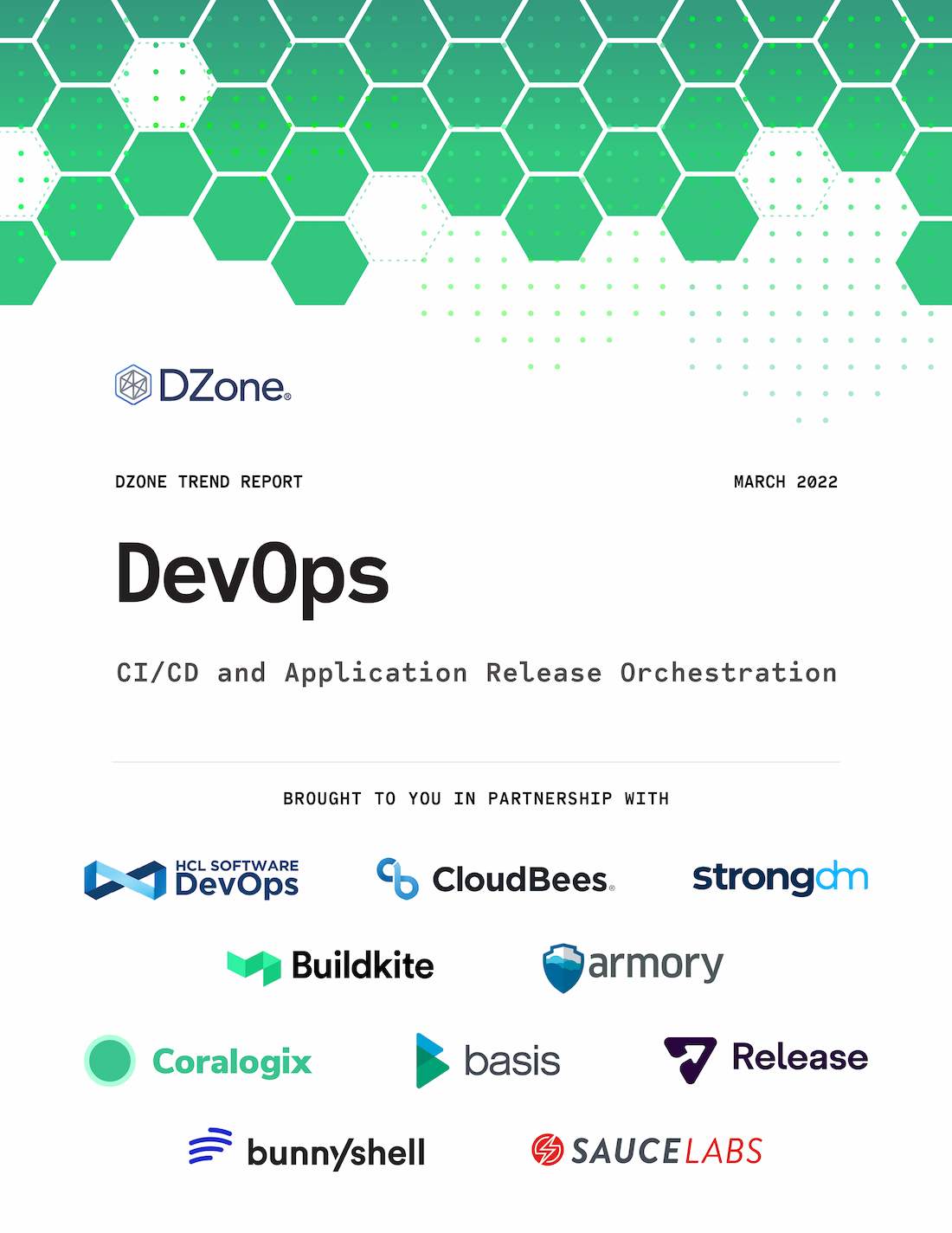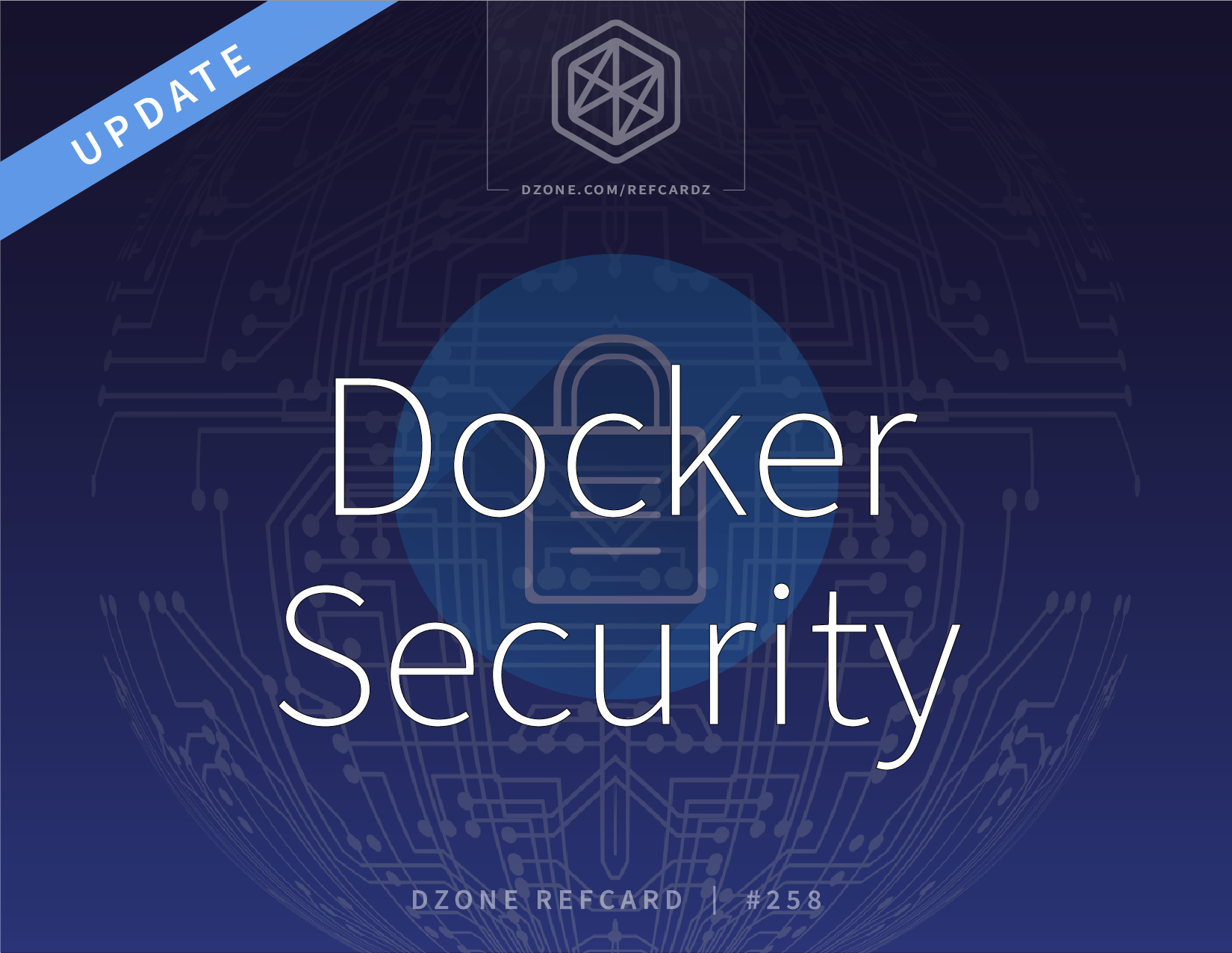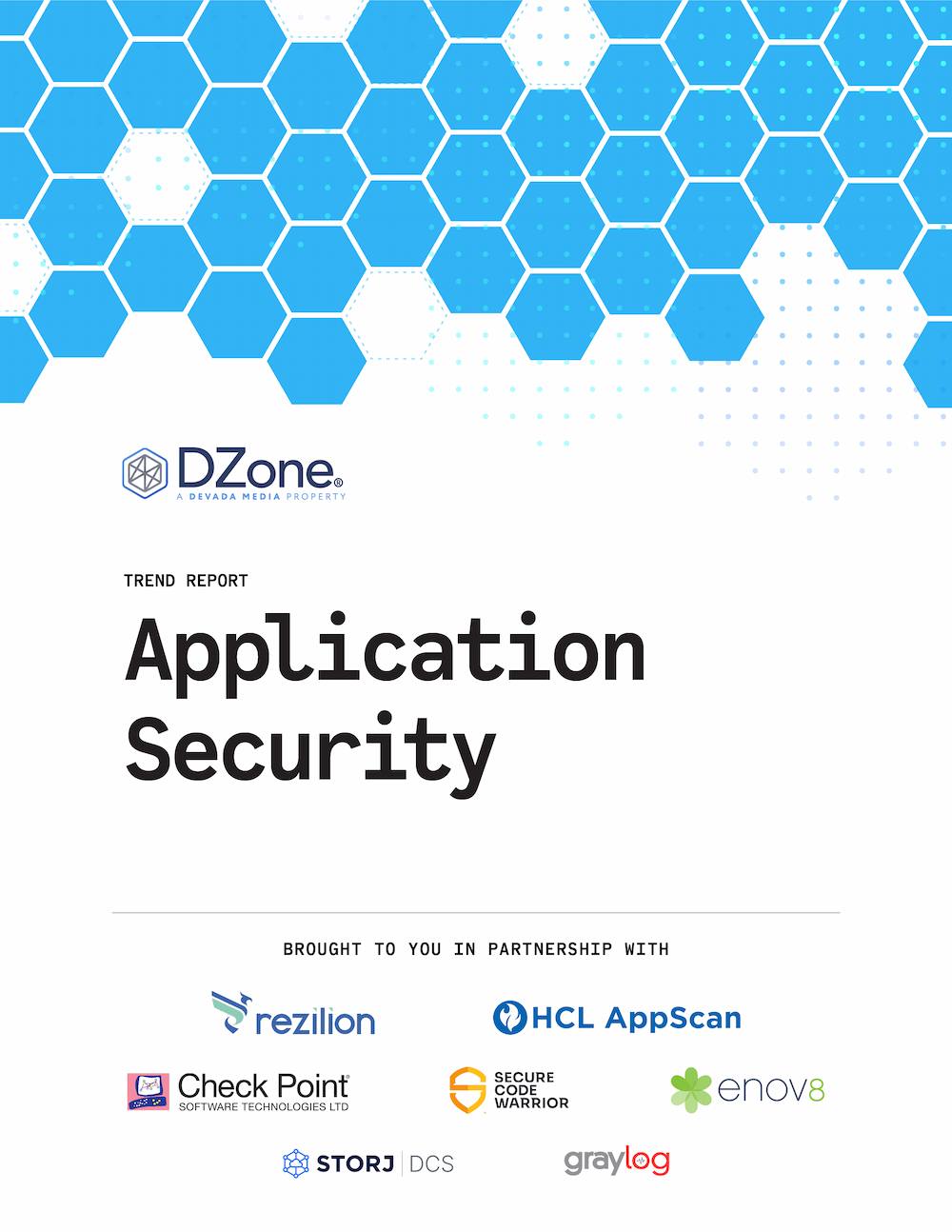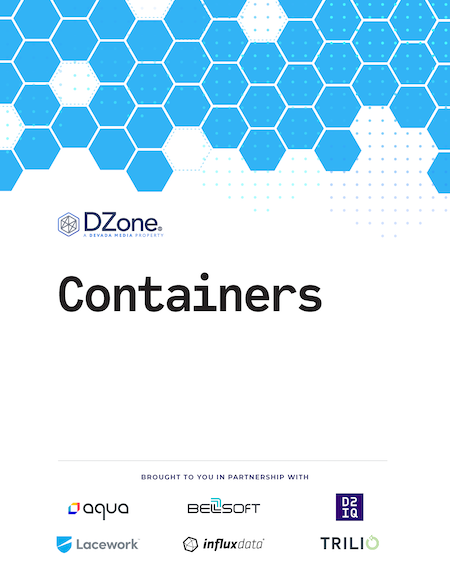DZone Trend Reports and Guides provide expert thought leadership and survey insights into recent advancements in technology, how adoption of new tools or methodologies has grown over time, the challenges that exist in executing on the promises of these technologies, and what new advancements are on the horizon. DZone Publication Team
The Intersection of APIs, Microservices, and Cloud-Based Systems
Seamless communication — that, among other consequential advantages, is the ultimate goal when integrating your software. And today, integrating modern software means fusing various applications and/or systems — many times across distributed environments — with the common goal of unifying isolated data. This effort often signifies the transition of legacy applications to cloud-based systems and messaging infrastructure via microservices and REST APIs.
So what’s next? Where is the path to seamless communication and nuanced architecture taking us? Dive into our 2023 Software Integration Trend Report and fill the gaps among modern integration practices by exploring trends in APIs, microservices, and cloud-based systems and migrations. You have to integrate to innovate!
Microservices and Containerization
According to our 2022 Microservices survey, 93% of our developer respondents work for an organization that runs microservices. This number is up from 74% when we asked this question in our 2021 Containers survey. With most organizations running microservices and leveraging containers, we no longer have to discuss the need to adopt these practices, but rather how to scale them to benefit organizations and development teams.
So where do adoption and scaling practices of microservices and containers go from here? In DZone’s 2022 Trend Report, Microservices and Containerization, our research and expert contributors dive into various cloud architecture practices, microservices orchestration techniques, security, and advice on design principles. The goal of this Trend Report is to explore the current state of microservices and containerized environments to help developers face the challenges of complex architectural patterns.
Enterprise Application Security [Building Secure and Resilient Applications]
Data breaches, ransomware attacks, and other security vulnerabilities have become the norm in recent years. Hackers have become shrewder. And with that, development teams bear the responsibility of ensuring that all stages of the SDLC have strong security.
DZone’s 2022 Trend Report, Enterprise Application Security: Building Secure and Resilient Applications, focuses on key factors of security practices including supply chain security, principles of zero-trust security, how to secure mobile applications, common DevSecOps practices, and what to do after your organization experiences a security breach. Our research dives into sentiments on perceived application security risks, development techniques for securing applications, and where the role of security lies for teams within today’s organizational structures. The goal of this Trend Report is to equip developers with the tools, best practices, and advice they need to help implement security at every stage of the SDLC.
Performance and Site Reliability [Observability for Distributed Systems]
The concept of observability was first leveraged over 110 years ago. It was initially known as telemetry, and in 1912, it used the city of Chicago’s telephone lines to transmit data from the electric power plants to a central control station. Today, modern observability is still very much focused on the interplay of data to yield informed inputs and outputs of systems. Sprinkle in site reliability engineering (SRE), and there should be little to no performance issues in distributed systems, right? In an ideal world, yes, but in reality, there is still work to be done.
DZone’s 2022 Trend Report, Performance and Site Reliability: Observability for Distributed Systems, takes a holistic view of where developers stand in their observability practices. Through the research and expert-contributed articles, it offers a primer on distributed systems observability, including how to build an open-source observability toolchain, dives into distributed tracing, and takes a look at prospective performance degradation patterns. It also provides insight into how to create an SRE practice, as well as tactics to conduct an effective incident retrospective. The goal of this Trend Report is to offer a developer-focused assessment of what the current state of observability is and how it fits in with modern performance practices
Microservices and Containerization
According to our 2022 Microservices survey, 93% of our developer respondents work for an organization that runs microservices. This number is up from 74% when we asked this question in our 2021 Containers survey. With most organizations running microservices and leveraging containers, we no longer have to discuss the need to adopt these practices, but rather how to scale them to benefit organizations and development teams.
So where do adoption and scaling practices of microservices and containers go from here? In DZone’s 2022 Trend Report, “Microservices and Containerization,” our research and expert contributors dive into various cloud architecture practices, microservice orchestration techniques, security, and advice on design principles. The goal of this Trend Report is to explore the current state of microservices and containerized environments to help developers face the challenges of complex architectural patterns.
Threat Detection for Containers
With the exponential increase in container adoption, it’s more critical than ever for teams to ensure that proper security and threat management infrastructure and practices are in place. This Refcard presents a comprehensive examination of threat detection for containerized environments, spanning several focus areas such as common cloud security architectures and Kubernetes hardening guidelines. And central to this Refcard are the fundamentals of container threat detection, including concepts like resource limits, static image vulnerability scanning, configuration validation, and much more.
DevOps. CI/CD and Application Release Orchestration
With the need for companies to deliver capabilities faster, it has become increasingly clear that DevOps is a practice that many enterprises must adopt (if they haven’t already). A strong CI/CD pipeline leads to a smoother release process, and a smoother release process decreases time to market.
In DZone’s “DevOps: CI/CD and Application Release Orchestration” Trend Report, we provide insight into how CI/CD has revolutionized automated testing, offer advice on why an SRE is important to CI/CD, explore the differences between managed and self-hosted CI/CD, and much more. The goal of this Trend Report is to offer guidance to our global audience of DevOps Engineers, Automation Architects, and all those in between on how to best adopt DevOps practices to help scale the productivity of their teams.
Docker Security [Minibook]. Core Practices for Securing Containers
This Refcard will lay out the basics of container security, provide core practices for successful implementation, and also spell out some more advanced workflows. We split container security into three sections, covering what to do at each stage in your container security lifecycle.
Application Security
In the era of high-profile data breaches, rampant ransomware, and a constantly shifting government regulatory environment, development teams are increasingly taking on the responsibility of integrating security design and practices into all stages of the software development lifecycle (SDLC).
Containers
With a mainstream shift toward cloud-native development, more organizations than ever are realizing real benefits as they modernize their architectures with containerized environments. While this move promises to accelerate application development, it also introduces a new set of challenges that occur with a fundamentally altered software delivery pipeline, ranging from security to complexity and scaling.
Kubernetes and the Enterprise
Want to know how the average Kubernetes user thinks? Wondering how modern infrastructure and application architectures interact? Interested in container orchestration trends? Look no further than DZone’s latest Trend Report, “Kubernetes and the Enterprise.” This report will explore key developments in myriad technical areas related to the omnipresent container management platform, plus expert contributor articles highlighting key research findings like scaling a microservices architecture, cluster management, deployment strategies, and much more!
Here is the list of the trend reports with my contribution. Find out more in the DZone’s web site
